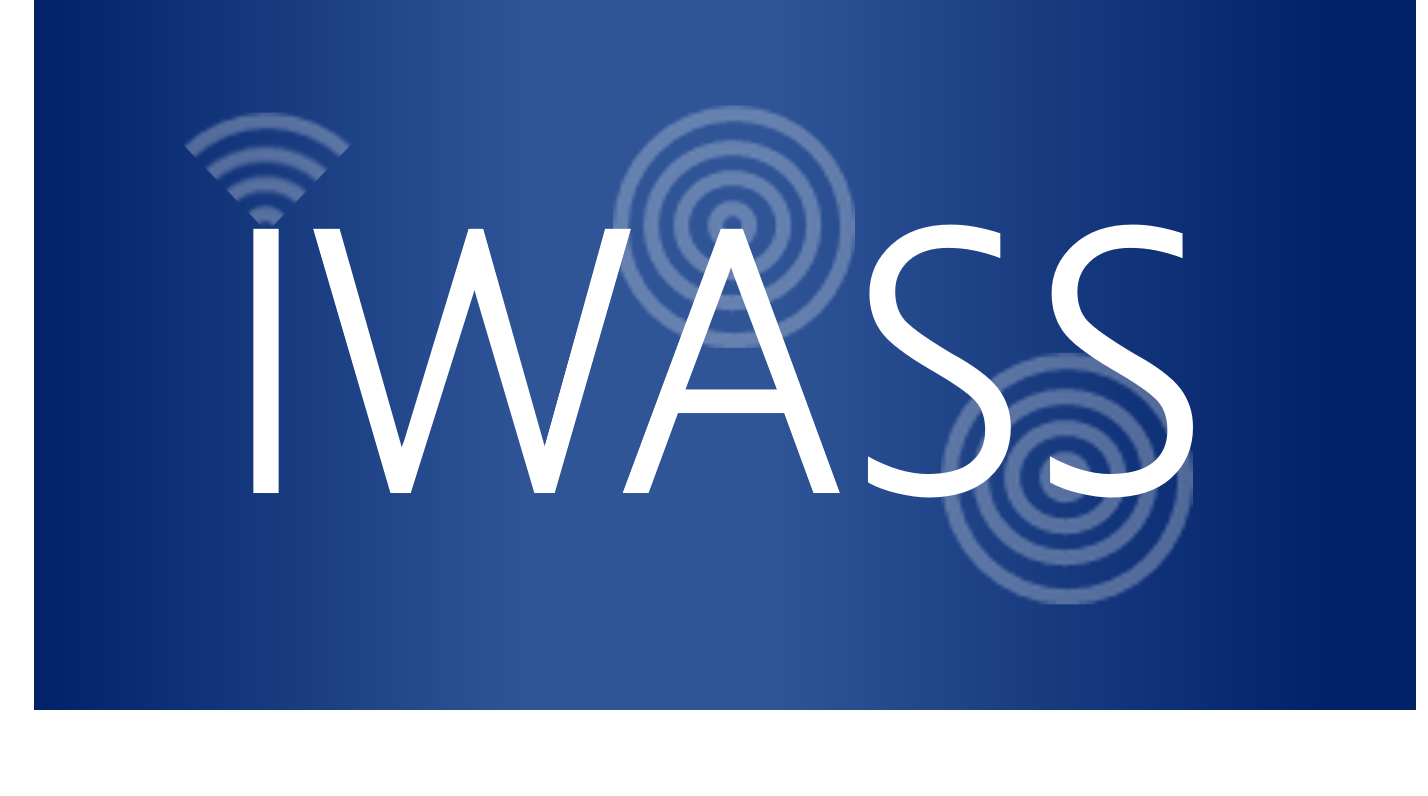Automated Drowsiness Detection of Remote Monitoring Operators of Autonomous Systems
/Various automated systems require human supervision in complex environments which can be a monotonous task but still requiring a significant degree of attention. If those tasks are decisive to the process and work safety, then it is imperative that operators maintain adequate levels of alertness to execute necessary actions. Specially, the consequences of performance failure by operators in safety-critical task scenarios has increased concerns and drove important research since inattention or distraction could negatively affect the entire system including the integrity of the people on the system.
Read More





